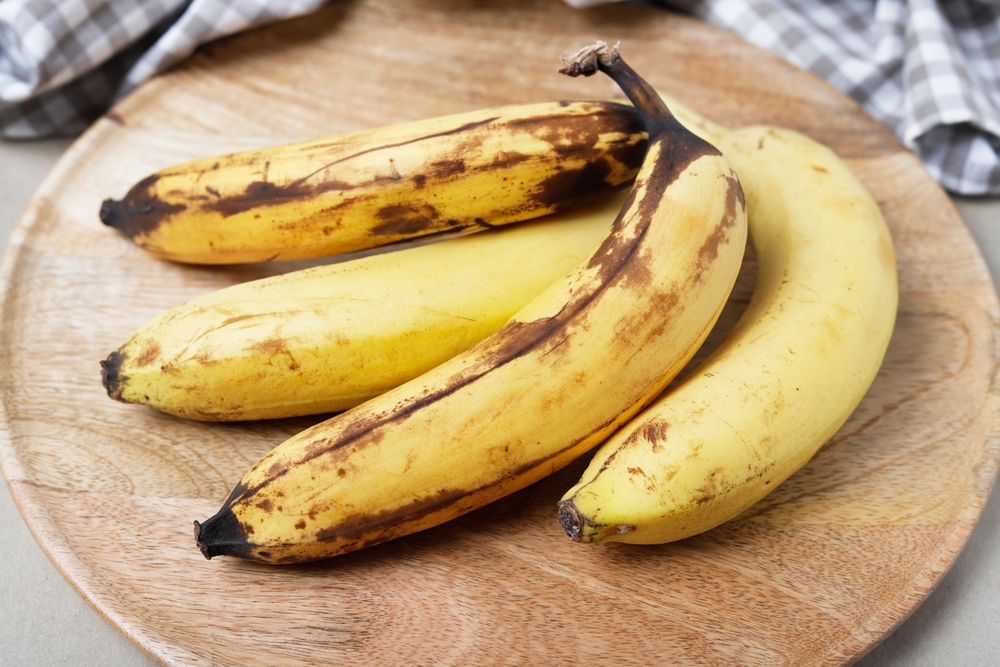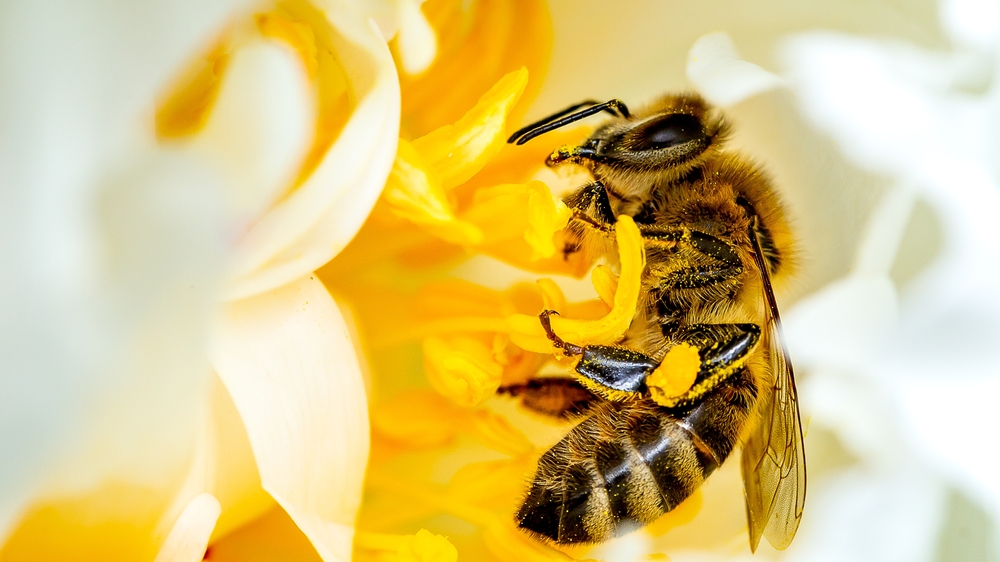
Image Source: Shutterstock.com
Picture this: a crisp fall afternoon, golden leaves swirling, and the smell of apples and pears drifting through the air. It’s picturesque—until you step onto your porch and find a battalion of fruit flies throwing a party in your fruit bowl, or worse, a wasp buzzing around your rotting peaches like it just RSVP’d.
Welcome to the lesser-known drama of autumn—when overripe fruit turns your home and yard into an all-you-can-eat buffet for pests. While most of us love the sweet scent of ripened produce, it’s also nature’s open invitation for insects and rodents to crash the party.
The Sugar Signal That Starts the Invasion
When fruit ripens, it releases natural sugars, transforming starches into that juicy sweetness we crave. But the moment it tips into overripe territory, those sugars intensify—and pests can smell them from impressive distances. Fruit flies, wasps, ants, and even rodents can pick up on the scent of fermenting fruit like it’s a glowing beacon in the fall breeze. That sweet, syrupy aroma doesn’t just smell good; it signals to these critters that an easy meal is waiting. So, while you’re admiring your fruit basket, pests are practically planning dinner reservations.
Fruit Flies: The Tiny Titans of Trouble
If fall had a mascot for “most annoying pest,” fruit flies would win by a landslide. They appear out of nowhere—one minute, your kitchen’s fine, and the next, you’re living in a buzzing cloud of tiny insects. Overripe fruit is their dream come true because it provides both food and a perfect breeding ground. One female fruit fly can lay hundreds of eggs on a single piece of decomposing fruit, and those eggs hatch in less than 24 hours. Before you know it, that single forgotten banana becomes the birthplace of an entire fruit fly metropolis.
Wasps and Bees Can’t Resist the Scent Either
While fruit flies are small and sneaky, wasps are the loud, uninvited guests of the insect world. In the fall, when nectar sources start to dwindle, wasps turn to the next best thing—sugar. Overripe fruits like apples, grapes, and peaches are basically candy bars in nature’s pantry. Wasps and even some bees will swarm around them for the energy boost. The problem? Once they find a food source, they don’t just visit—they return and bring their friends. That’s how a single piece of rotting fruit can lead to a buzzing army hovering near your patio.

Image Source: Shutterstock.com
Rodents Join the Feast When the Weather Cools
Just when you think it’s only insects causing trouble, in come the furry freeloaders. As temperatures drop, mice and rats start looking for warmth and easy access to food—and that bowl of overripe apples by your window or the fallen pears in your yard are practically a glowing invitation. Rodents love high-calorie foods, and decaying fruit gives them exactly that with minimal effort. Once they realize there’s a steady supply nearby, they’ll stick around, building nests and seeking entry points into your home. That’s how a forgotten fruit bowl can turn into a full-blown rodent problem before winter hits.
The Chain Reaction of Decay
Overripe fruit doesn’t just attract pests—it accelerates decay in other fruits around it. When fruit starts to rot, it emits ethylene gas, which speeds up ripening in anything nearby. So, that one squishy apple in your fruit basket can cause the rest to overripe faster, creating a self-perpetuating cycle of sweetness and spoilage. This means more sugar, more scent, and more pest activity. By the time you notice the first gnat, it’s often too late—the fruit has already started fermenting, and the pests are already multiplying.
Outdoor Fruit Trees Can Become Pest Magnets
If you have fruit trees in your yard, the battle gets even tougher. Fallen fruit that isn’t promptly cleaned up quickly becomes a magnet for all sorts of pests—ants, hornets, raccoons, even squirrels. Once the fruit starts to rot, the smell intensifies, traveling farther than most homeowners realize. That’s why even one neglected apple tree can draw unwanted wildlife from neighboring areas. Beyond being messy, this can lead to pest infestations spreading closer to your home and garden, where they start causing secondary problems like nest-building or plant damage.
How Overripe Fruit Turns into a Breeding Ground
It’s not just the sugar and scent—it’s also the perfect environment. As fruit decomposes, it softens, creating moist, nutrient-rich material that pests love. For insects, that means a place to feed and reproduce. Fruit fly larvae, in particular, thrive in the mushy surface of fermenting fruit, while ants will strip away the sugars from the inside out. It’s like nature’s version of an open kitchen—free access, no competition, and everything on the menu. That’s why one bad fruit can lead to an infestation in days, not weeks.
The Fermentation Factor: Why It Gets Worse with Time
Once fruit starts breaking down, natural yeasts kick in, fermenting the sugars into alcohol. This process creates a stronger, more complex smell that drives pests wild—especially in fall’s cooler air, which helps trap the scent closer to the ground. Fruit flies, wasps, and even some beetles are drawn not just to the sugar but also to the fermented liquid that seeps out. It’s like handing them a cocktail with dessert included. And once fermentation begins, the process can’t be reversed, only managed by removing the source.
Why Fall Makes It the Perfect Storm
Autumn is prime time for pest attraction because it combines cooler temperatures with dwindling food sources. Insects and rodents are in “stock up” mode, searching for whatever calories they can find before winter sets in. Overripe fruit provides everything they need—sugar, moisture, warmth, and shelter. The result? A sudden influx of pests right when you’re least expecting it. If you’ve ever noticed a spike in bugs around your fruit bowl or porch this time of year, that’s no coincidence—it’s seasonal biology in action.
Keep It Fresh, Keep It Clean
Overripe fruit might seem harmless, but it’s a siren song for everything from fruit flies to rodents once fall rolls in. The combination of sugar, scent, and fermentation makes it irresistible to pests looking for an easy meal. The good news? Staying vigilant—whether it’s cleaning up fallen fruit, rotating your fruit bowl, or composting carefully—can make all the difference. A little maintenance now means fewer uninvited guests later.
Have you had your own run-in with fall pests and fruit chaos? Share your stories or pest-battling tips in the comments below.
You May Also Like…
5 Common Plants That Secretly Attract Pests
7 Plants That Attract Dangerous Pests without You Realizing It
10 Natural Ways to Control Pests in Your Vegetable Garden
Why Autumn Is Ideal for Planting Fruit Trees
6 Fruits That Actually Taste Better After a Chill
Leave a Reply